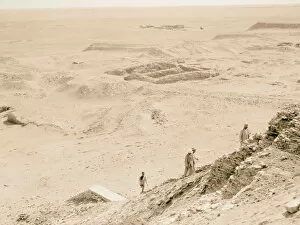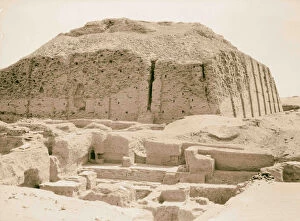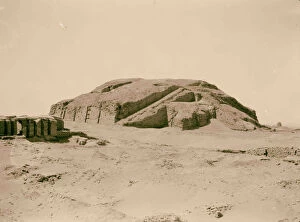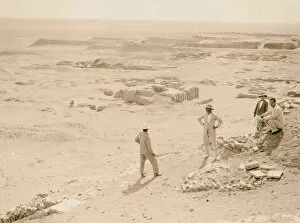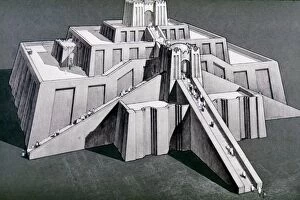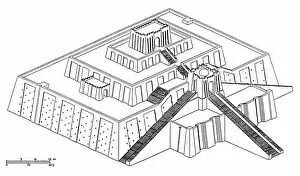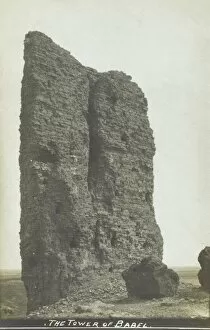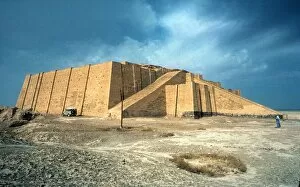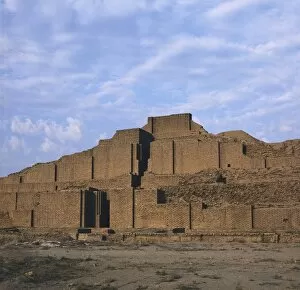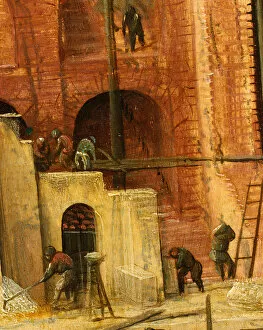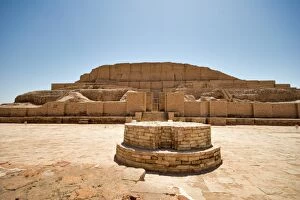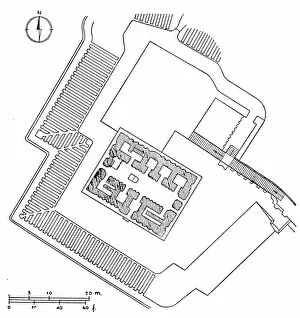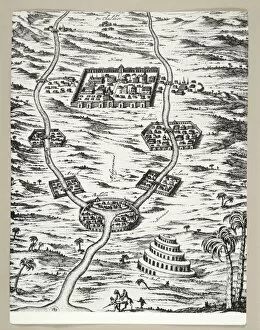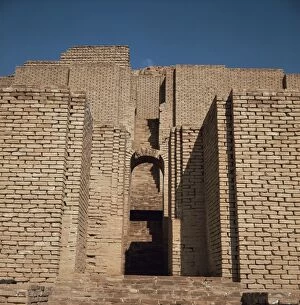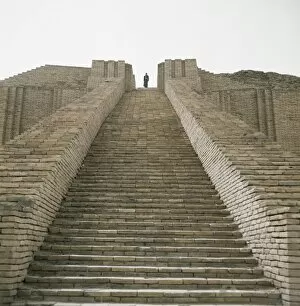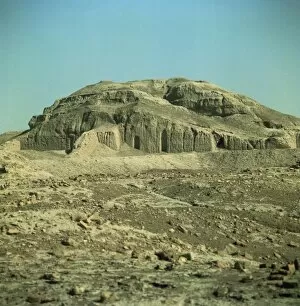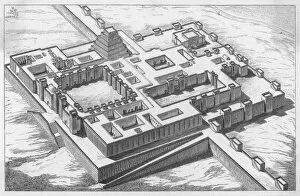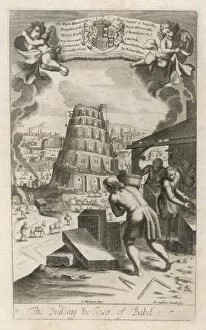Ziggurat Collection (#2)
The ziggurat, a monumental structure that emerged in ancient Mesopotamia, holds a significant place in history
For sale as Licensed Images
Choose your image, Select your licence and Download the media
The ziggurat, a monumental structure that emerged in ancient Mesopotamia, holds a significant place in history. Dating back to around 4500-400 BC, the ziggurat at Ur stands as an awe-inspiring testament to Sumerian civilization. Its ruins, remnants of the Third Sumerian Dynasty, offer glimpses into a bygone era of architectural brilliance. In Iraq's city of Babylon, an illustration showcases the grandeur of Ishtar Gate and its accompanying ziggurat. This magnificent sight transports us back to a time when this ancient city flourished with cultural and artistic marvels. Another remarkable example is found on the site of Elamite city dating from 1250 BC. The temple dedicated to god Inshushinak proudly displays its ziggurat—a symbol of religious devotion and power. Ur Chaldees' western wall ziggurat captured in 1932 reveals the haunting beauty hidden within an extinct city. Standing tall amidst desolation, it serves as a reminder of civilizations lost but not forgotten. The Ziggurat Shrine in Iraq evokes feelings of reverence and spirituality. Its sacred aura invites contemplation and reflection upon humanity's quest for divine connection throughout history. An aerial view allows us to appreciate the sheer magnitude and intricate design of The Ziggurat of Ur in Iraq—an engineering feat that defies time itself. It reminds us how human ingenuity can create lasting legacies against all odds. Moving towards Akar Kuf (Aqar Quf), we encounter another striking example—The Ziggurat Akar Kuf—a testament to architectural prowess that continues to captivate modern-day visitors with its mystique. Even beyond their historical significance, these structures have inspired artists like those who crafted Giraffe Cabinet in 1915-16. This wooden masterpiece pays homage to the elegance and allure associated with these ancient wonders.

